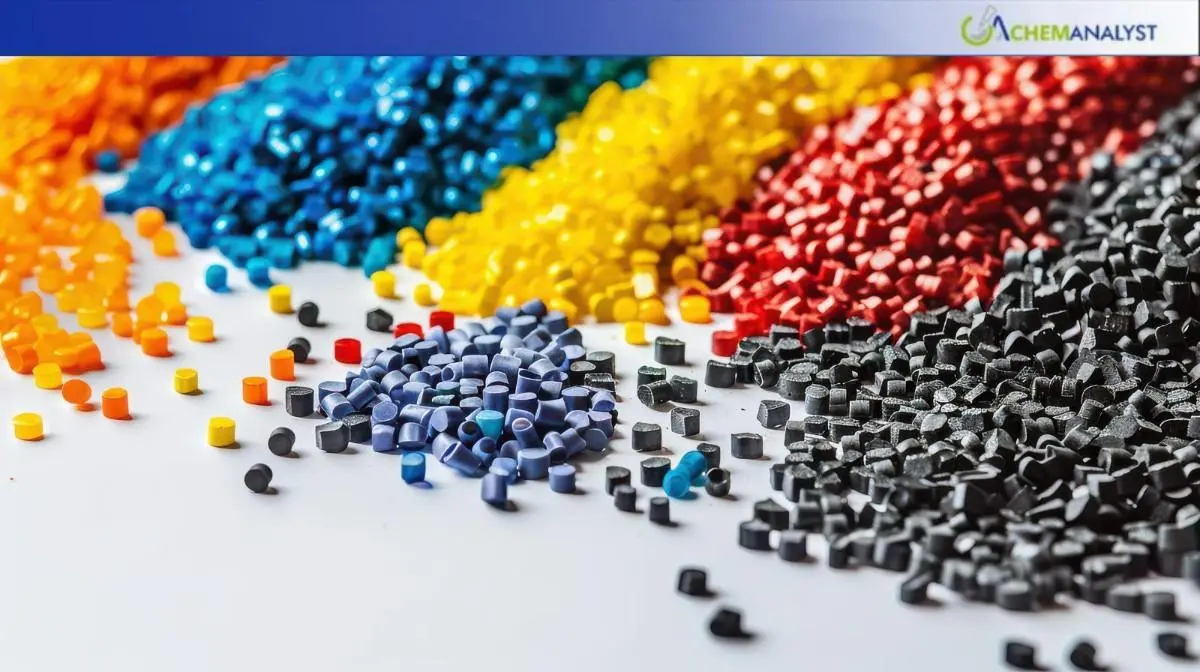Welcome To ChemAnalyst

Asian Acrylonitrile Butadiene Styrene (ABS) pricing fell quite significantly at the end of September 2025 due to weak demand, elevated inventories, and soft cost fundamentals. Support from upstream materials such as acrylonitrile, butadiene, and styrene was limited while downstream activity was quiet. The pre-holiday stocking was minimal, and export activity weakened further. While foreign demand for plastics remained stable, ABS prices continued to fall. Sellers faced motivation to clear inventory while buyers resisted steep prices.
The prices of Asian ABS decreased noticeably during the end of September 2025, a change that was caused by weak demand, high inventory, and weak cost fundamentals. While many plants had some fluctuation, the overall supply remained stable, and the continued availability of available volume push the spot prices down.
In September, domestic ABS producers in Asia were running at around 70% load. While some of the plants went through short-term maintenance, plants such as Tianjin Dagu resumed material production during the month. Higher inventory levels at the aggregation enterprises confirmed an already long-held oversupply situation which keeps ABS prices from pushing higher.
From the cost perspective, the three main upstream materials - acrylonitrile, butadiene and styrene - have shown weakness. Prices for acrylonitrile rose at first because supply had tightened in East China but declined subsequently as northern cash-flow facilities began to resume operations and demand remained mostly unchanged. The butadiene market captured some slight floating support from the supply-side as the domestic production volumes dropped while port arrivals were also constrained, but the weak downstream demand for synthetic rubber has meant that butadiene prices remained in check. Styrene prices fluctuated in a narrow band with rising inventory and falling pure benzene prices increasing uncertainty. Overall, the cost side of the ledger provided little support for stabilizing ABS prices.
Demand conditions remained sluggish. The market continued to represent off-season characteristics, with downstream factories operating at average load levels, with minimal loading interest prior to the holiday. The electrical appliance shell industry, which is the most prominent consumer of ABS, has remained quiet, with no acknowledgement of increased production. Export performance has also been uninspiring, and domestic buyers are typically cautious, which has meant slow turnover in the market and limited enthusiasm for procurement.
The ABS market remains on a downward trend ahead of the National Day holiday. A firm production level, high inventory levels, and weak demand continue to put downward pressure on the market sentiment. Sellers are eager to sell off product and buyers are resisting any price increases, resulting in limited liquidity.
According to the General Administration of Customs, China exported plastics and plastic products in August 2025, an increase of 1.7% year-on-year. Plastic imports declined 15% and thus increasing the export surplus during the period from January to August. The export figures imply steady demand from abroad; however, the ABS market has not been able to react to that data.
As per ChemAnalyst, ABS prices in Asia are anticipated to remain weak in the short term, with little upward cost support, stable production rates, and little improvement in downstream demand. As such, the market will likely continue to exhibit a downward trend unless some stocking starts to occur or an unexpected supply neutron such would occur. Regardless, ABS prices will likely experience pressure through the next few weeks.
We use cookies to deliver the best possible experience on our website. To learn more, visit our Privacy Policy. By continuing to use this site or by closing this box, you consent to our use of cookies. More info.
